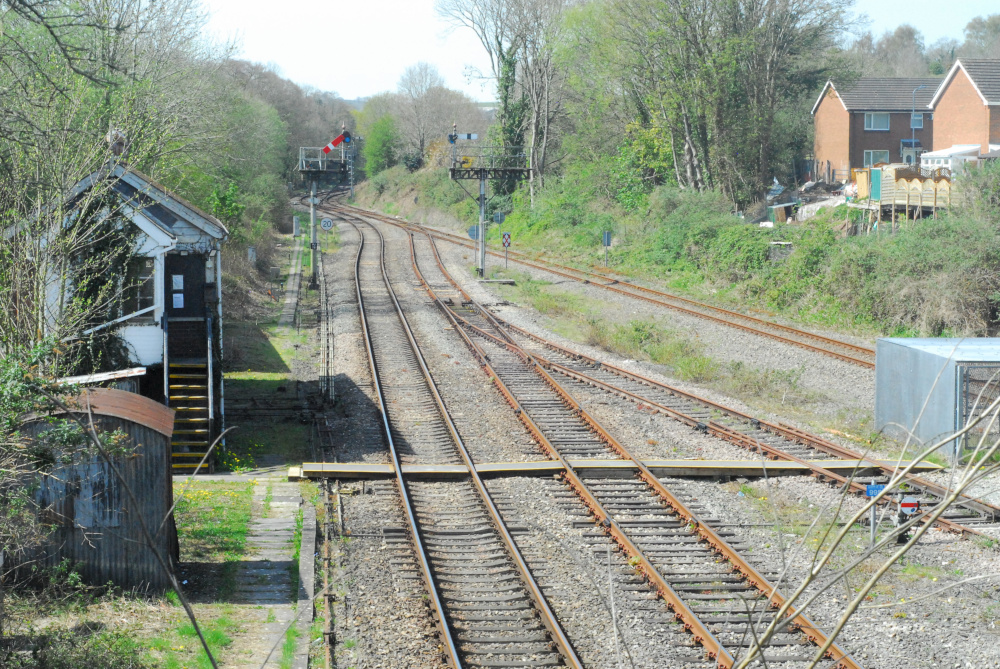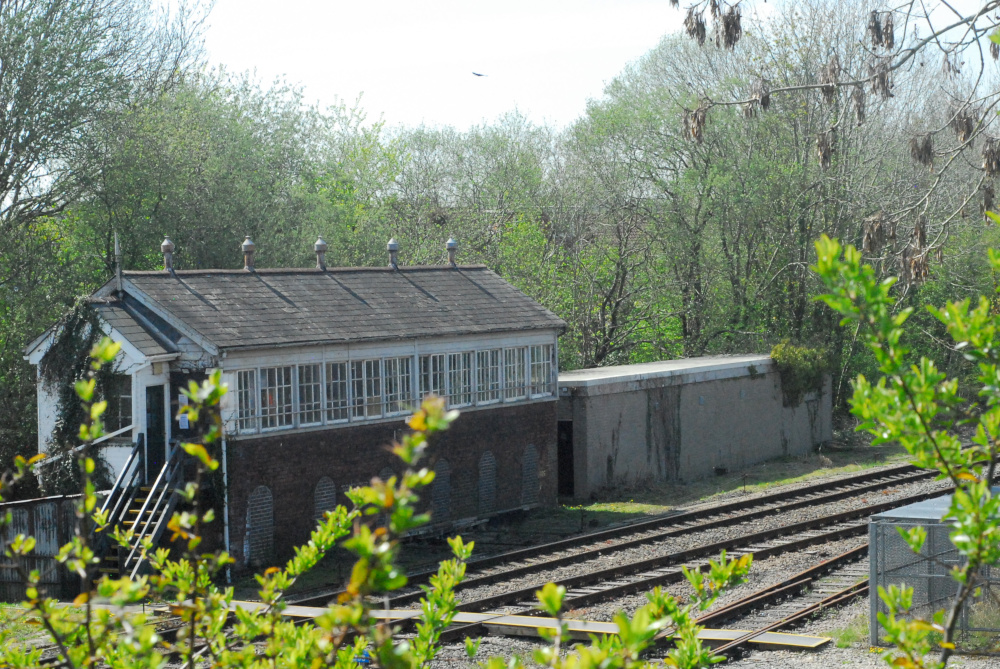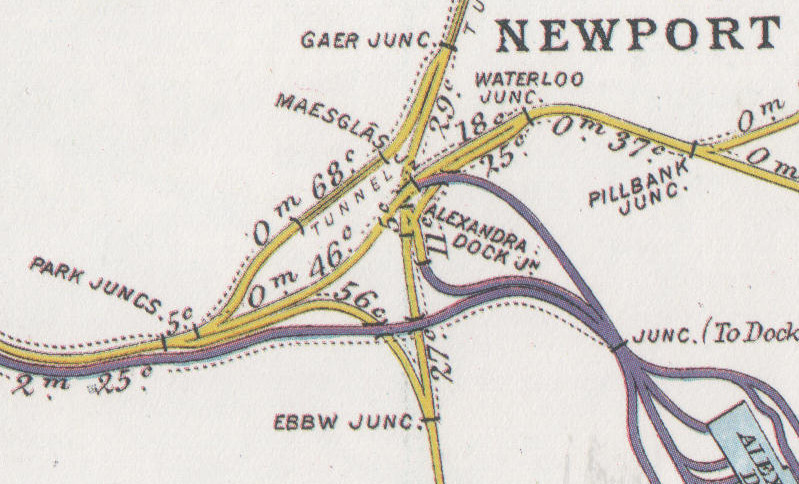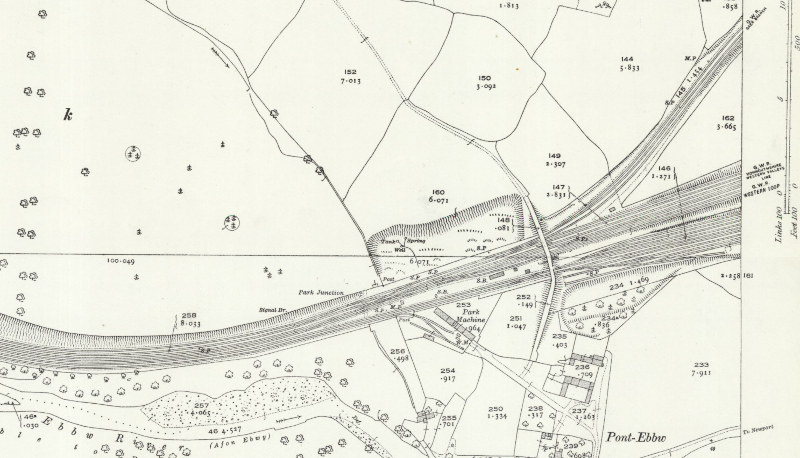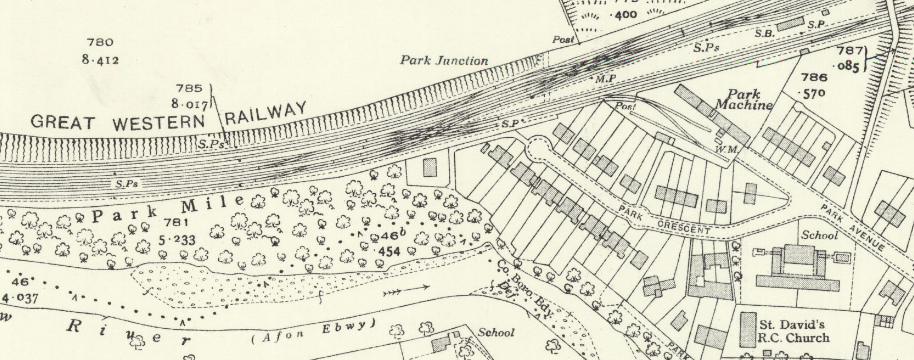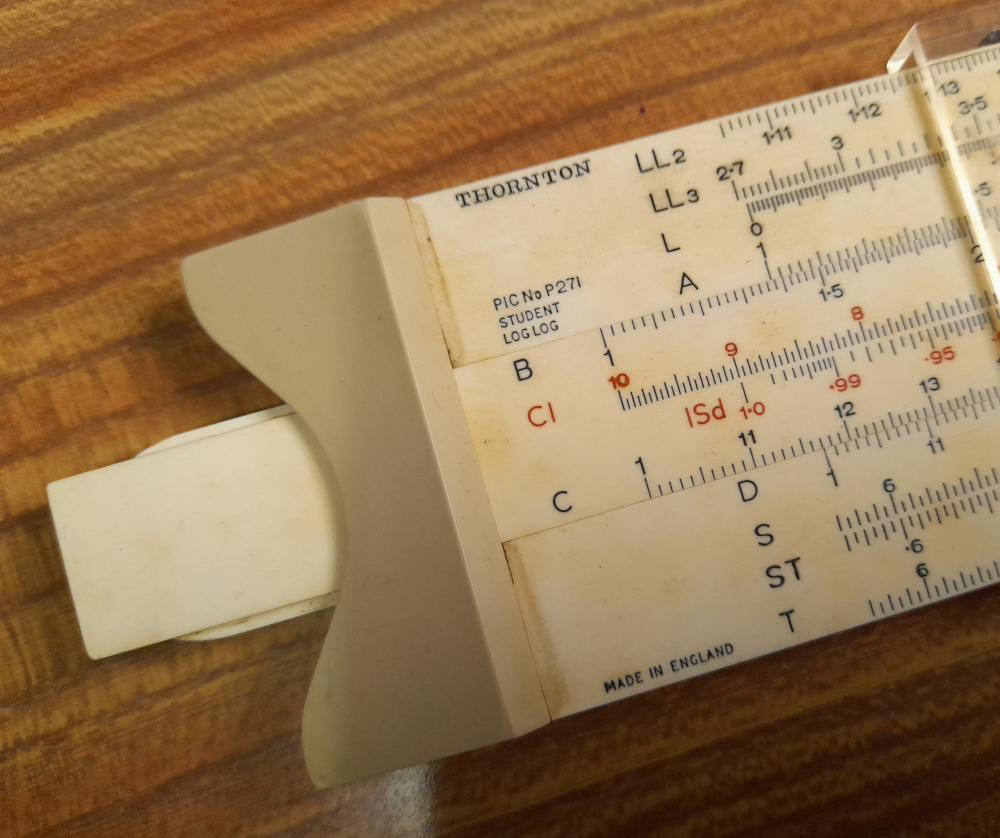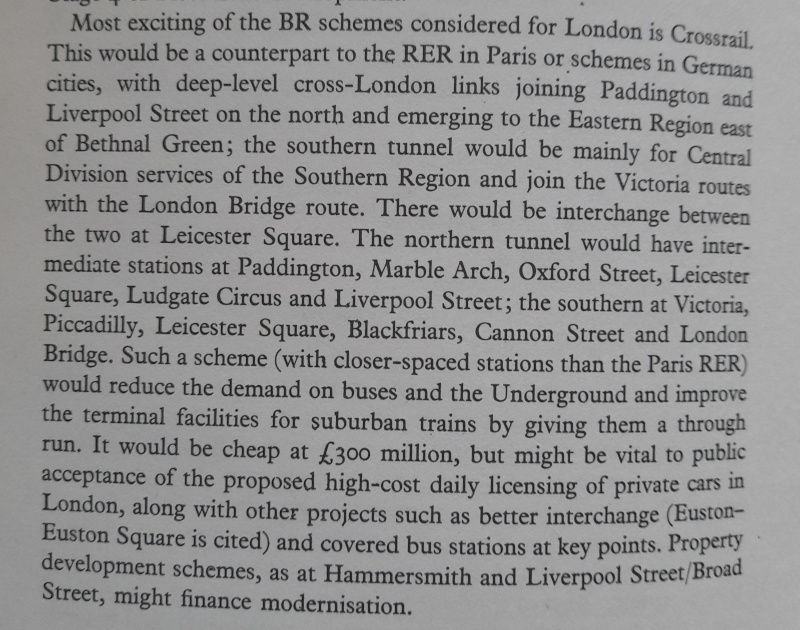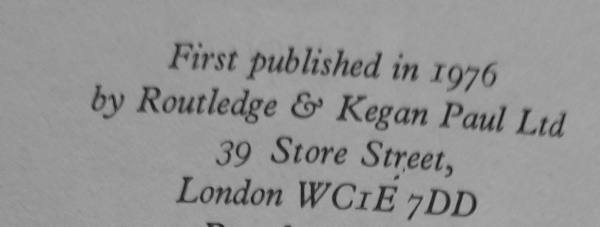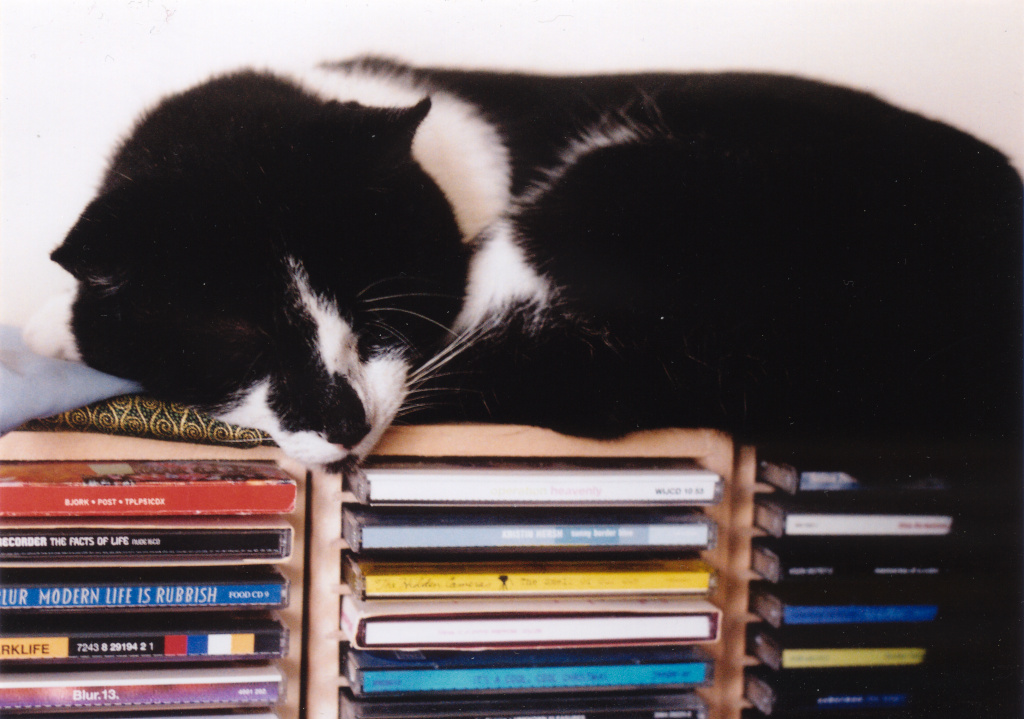Be seeing you
Or, Photo post of the week under another name
At the start of the month I mentioned that I’d taken The Children away for a week in the Easter holidays, up to North Wales. As I said then, we saw quite a few beached jellyfish. Naturally, though, I refused to spend all day every day on the beach. So where else did we go?

To somewhere I’ve been to a few times in the past, but for some reason, whenever I’ve been there myself I’ve never had a good digital camera with me. Time to rectify that, I thought.
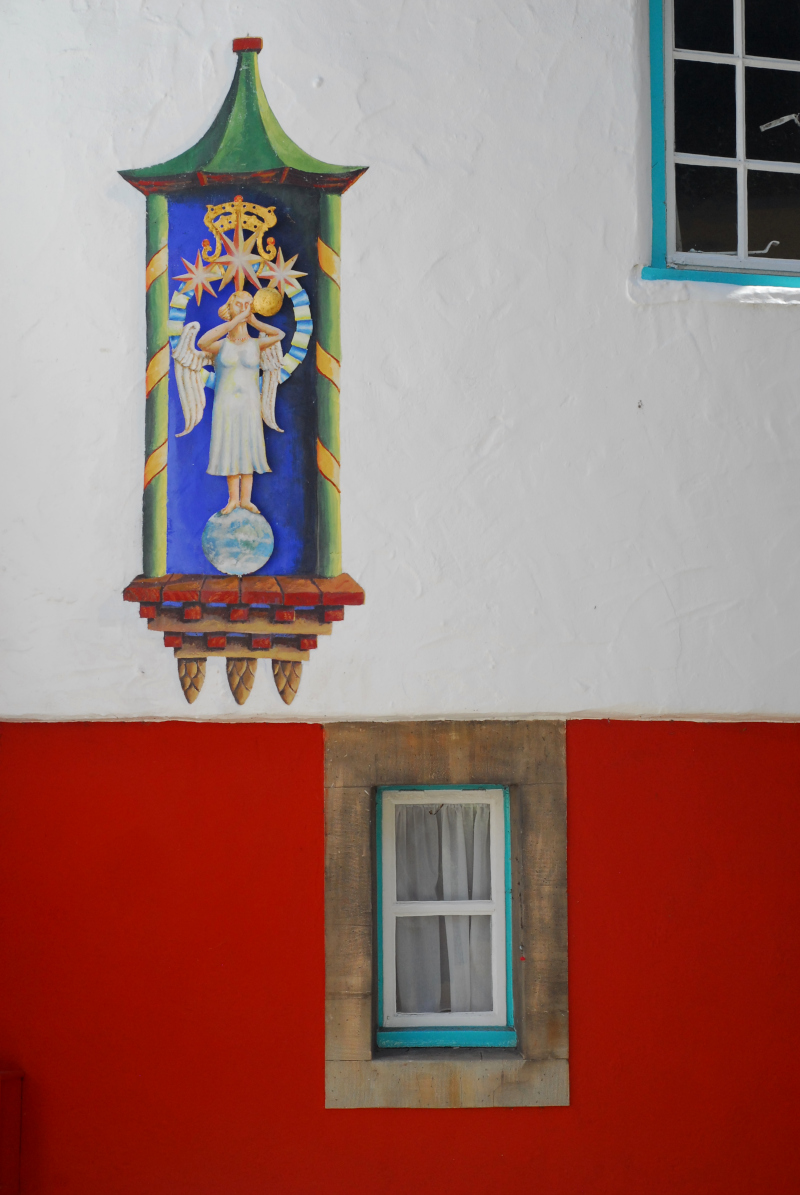
I can remember taking practically that selfsame identical shot when I was a teenager, on Kodachrome slide film. This is a place that—on a sunny day—was ideal for slow Kodachrome and its richly saturated colours. I’m teasing you with little detail shots here because it’s such a famous place, and its main landmarks and vistas are so well-known and well-photographed, that you’d recognise it immediately if I’d started out with any of the obvious viewpoints.


Some of you will have recognised it: the holiday village of Portmeirion, on the headland between the Afon Glasyln and Afon Dwyryd, just on the other side of the headland from the Boston Lodge railway works. It’s full of picturesque clusters of cottages and intriguing viewpoints, because it was deliberately designed in precisely that way, by the architect Clough Williams-Ellis. The grandest architectural folly of them all, a folly expanded to the size of an entire village and turned into a holiday resort.
One of the regular readers has already told me that they “struggle to be whelmed” by Portmeirion, and I can see what they mean. Because it’s designed with an artistic eye, because it is designed to be almost like a stage- or film-set in some ways, it has that strange faery property that a set has of seeming, when in pictures or on film, of being much, much bigger than it actually is. You can—and people have—publish entire books of pictures of Portmeirion, with almost as much variety as if it were an entire city, but when you visit you realise that all those views and all those sightlines are crammed into a tiny pocket of space, like the hollow between the cusps of one of your back teeth. If most of the visitors stick to the village and its shops, I do have to wonder what they do all the day.

Still, if you wander off into the woods, or down along the shoreline path, there are places to explore that relatively few of the village’s visitors get to. A painted-steel lighthouse at the tip of the headland, or various oriental ponds and pagodas. Most curious of all, the Dog Cemetery, a small clearing in the woods packed full with graves.

Now I’ve been to Portmeirion with the Proper Camera, now I’ve shown the kids around it, I don’t feel I’ll see the need to go again for a pretty long time; I feel I’ve seen it all. Was it worth going again for the first time in over a decade though? Was it worth it, so that I can take the same photos as everybody else does? Yes, I think so. It’s a charming place, but maybe that bit too carefully-orchestrated, that little bit too whimsical and twee, to be quite as charming as I’d like.


 Home
Home